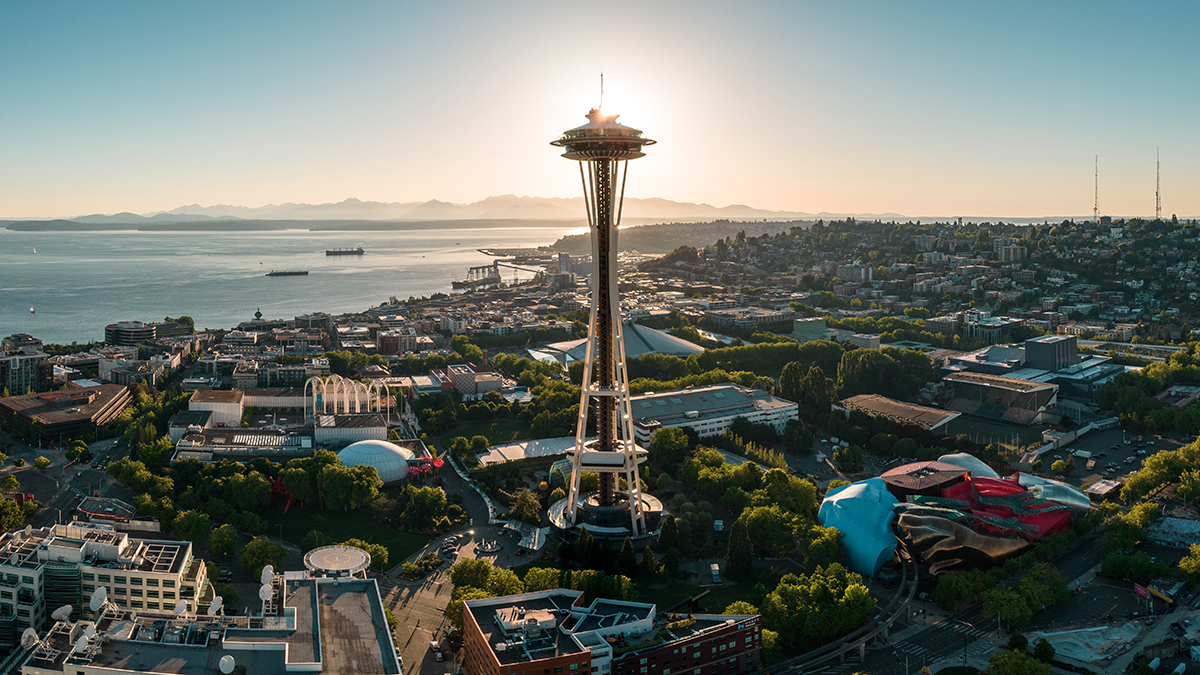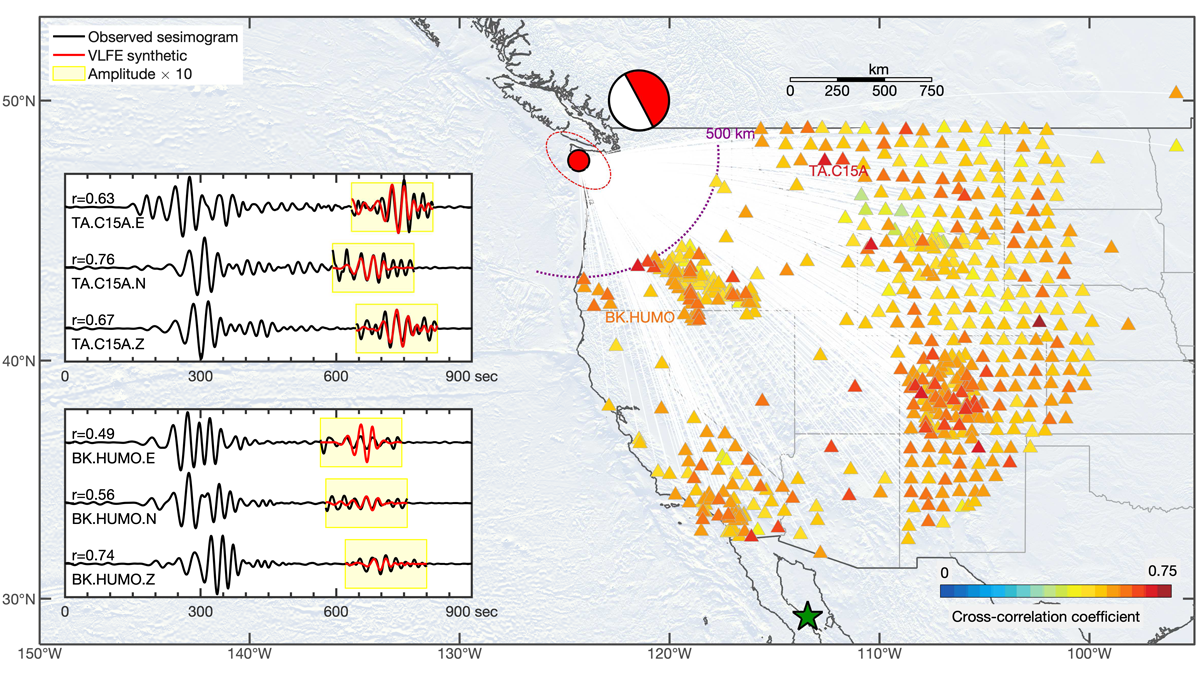A new center will bring together earthquake scientists to study the Cascadia Subduction Zone and clarify seismic hazards.
Cascades
Baked Contacts Focus a Lens on Ancient Lava Flows
Two studies, conducted 40 years apart, show how combining field observations and thermal modeling can reconstruct the history of massive lava flows and how they altered the surrounding landscape.
The Surprising Greenhouse Gas That Caused Volcanic Summer
Extended periods of volcanism known as flood basalt eruptions lead to volcanic winters, which are often followed by an extended period of warming. But it was more than just carbon dioxide that warmed the globe.
Continent-Scale Detection of Triggered Low Frequency Earthquakes
Very low frequency events in the gap zone of Cascadia illustrate how stress evolves on megathrusts, advancing our understanding of rupture dynamics.
Continuity is the Father of Success
Geodetic measurements indicate that Three Sisters Volcano uplifted by almost 300 millimeters in the past 25 years without significant anomalies at the surface.
Making the Most of Volcanic Eruption Responses
Last year, a new collaborative initiative conducted a hypothetical volcano response exercise. A month later, they put the knowledge gained to use during an actual eruption.
Swipe Left on the “Big One”: Better Dates for Cascadia Quakes
Improving our understanding of hazards posed by future large earthquakes on the Cascadia Subduction Zone requires advancements in the methods and sampling used to date and characterize past events.
A New Era of Debris Flow Experiments in the Oregon Woods
What do a backhoe, expanding foam, half-ton concrete blocks, and a 100-meter-long hillslope slide have in common? All were part of reviving the U.S. Geological Survey’s experimental debris flow flume.
Land Motion Offers Insights into Cascadia Earthquake Cycle
Comparing recent GPS data with a longer record of sea level along the western coast of North America allows researchers to home in on interseismic deformation above the Cascadia megathrust.
An Iconic Eruption Shaped Careers, as well as Landscapes
The 1980 eruption of Mount St. Helens influenced scientists who witnessed the event and spurred a new era in physical volcanology.










